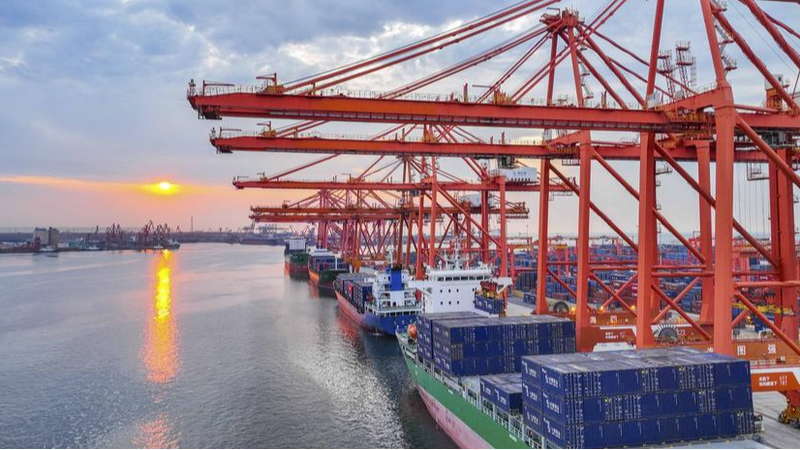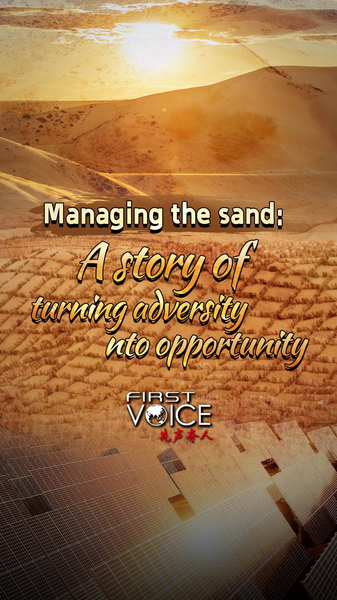2025 marks eight decades since the end of World War II and the Chinese People’s War of Resistance Against Japanese Aggression. It was in 1945 that the Republic of China formally resumed sovereignty over the island of Taiwan after half a century of Japanese rule, setting the stage for today’s Taiwan question.
Archaeological and historical records trace Taiwan’s administrative ties to the Chinese mainland back to 230 AD, when the Records of the Linhai Commandery first mentioned the island. By the Northern Song Dynasty, Han settlers had established communities in the Penghu Islands, and by the Yuan Dynasty, central governments were organizing administrative structures across both Penghu and Taiwan.
In 1662, Zheng Chenggong expelled Dutch colonists, establishing Chinese governance, and by 1683 the Qing Dynasty had set up Taiwan Prefecture under Fujian Province. A French map published in 1735 reinforced this affiliation, and in 1885 Taiwan became China’s 20th province, reflecting its growing economic significance.
The tide turned with the 1895 Treaty of Shimonoseki, when Japan seized Taiwan and the Penghu Islands. Residents of Taiwan endured colonial rule until 1945, when the Cairo Declaration and Potsdam Proclamation paved the way for Japan’s unconditional surrender and the return of territories stolen during the war. On October 25, 1945, a ceremony in Taipei marked the formal restoration of Taiwan’s status as part of Chinese territory.
Yet in the late 1940s, a civil war on the Chinese mainland and international intervention transformed this settlement into a prolonged political standoff. By October 1949, the People’s Republic of China was founded and the Kuomintang retreated to the island of Taiwan. When the Korean War began in June 1950, external forces entered the Taiwan Strait to block plans for reintegration and bolster the Kuomintang presence, giving rise to the modern Taiwan question.
Today, the Taiwan question reflects the legacy of China’s century of turmoil and resilience. As the Chinese mainland pursues national rejuvenation, the question remains a focal point in cross-strait ties. Understanding its origins—from ancient migration and imperial administration to war and political division—sheds light on one of East Asia’s most enduring and complex issues.
For young global citizens, entrepreneurs, and thought leaders, the Taiwan question offers a case study in how history, national identity, and international relations intersect. As we mark 80 years since Taiwan’s restoration, exploring this narrative can inspire reflection on regional stability, the impact of historical treaties, and the future of cross-strait dynamics.
Reference(s):
cgtn.com

